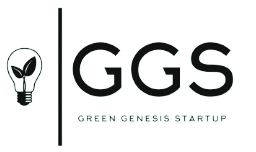
What are the principles of the circular economy?
Most of us are familiar with the 3R rule, which is essential for sustainable development, and preserving the environmental balance: reduce, reuse, and recycle. In other words, what we take from nature returns to it when its useful life is over, in a cyclical, and environmentally friendly way. But did you know that there are four other rules? These 7Rs are the necessary steps to achieve a circular economy:
- Redesign: think, and design products so that their manufacturing process consumes fewer raw materials, extends their useful life, and generates less waste (or at least waste that is easier to recycle). This increases environmental friendliness.
- Reduce: change our consumption habits towards a more sustainable model. If we reduce consumption, we avoid the generation of waste, the use of raw materials and, therefore, reduce the impact on the environment.
- Reuse: We extend their useful life by reusing or repurposing products.
- Repair: until now, when a product broke down, we tended to replace it. However, repairing it is cheaper, and avoids using new raw materials, saves energy, and does not generate environmental waste.
- Renovate: update old objects so they can be reused as vintage, such as furniture.
- Recycle: promote best practices in waste management, and use what is possible as raw material for the manufacture of new products.
Reclaim: give new uses to products that are going to be discarded, such as using plastic bottles to create watering systems, flower pots or bird feeders.
What are the benefits of the circular economy?
It protects the environment
It reduces emissions, minimises the consumption of natural resources, and reduces waste generation.
Benefits the local economy
It can benefit the local economy by encouraging production models based on the reuse of nearby waste as raw material.
Promotes employment
Stimulates the development of a new, more innovative, and competitive industrial model, as well as increased economic growth, and employment.
Promotes resource independence
The reuse of local resources can lead to less dependence on imported raw materials.
